Pacific Coast Models | 32005: Spitfire Mk. IXc
Reviewed by Randy Bumgardner

It's finally here! The latest arrival from Pacific Coast Models – the Supermarine Spitfire Mk.IXc. Finally, a large scale kit of the most produced Spitfire. Hasegawa has produced a great range of Spitfire marks, and Revell has their share as well, but no one has produced an injection molded Mk.IX – until now.
The kit is packaged in the typical PCM blue box with gorgeous box art on the cover. In this case, it's an image of Johnnie Johnson in his Spitfire Mk.IX shooting down a Focke Wulf Fw 190A. After staring at the picture for awhile, I finally opened the box. Inside is a plethora of multimedia parts guaranteed to make any Spitfire fan happy. This kit consists of 68 injection molded parts on five sprues, 22 resin parts, one photoetch fret, and decals containing markings for 6 aircraft.
The injection molding, done by Sword, is done in a blue-gray hard plastic with finely molded details and crisply recessed panel lines. The level of detail is restrained and well done, and consistent throughout the kit. My review sample had minimal flash on a few parts and that can be cleaned up with a minimum of effort. The most severe issue I found was an ejection “stub” on part A14, the port elliptical wingtip. This can be easily removed and cleaned up. It will give me a chance to try out my new micro-chisel.
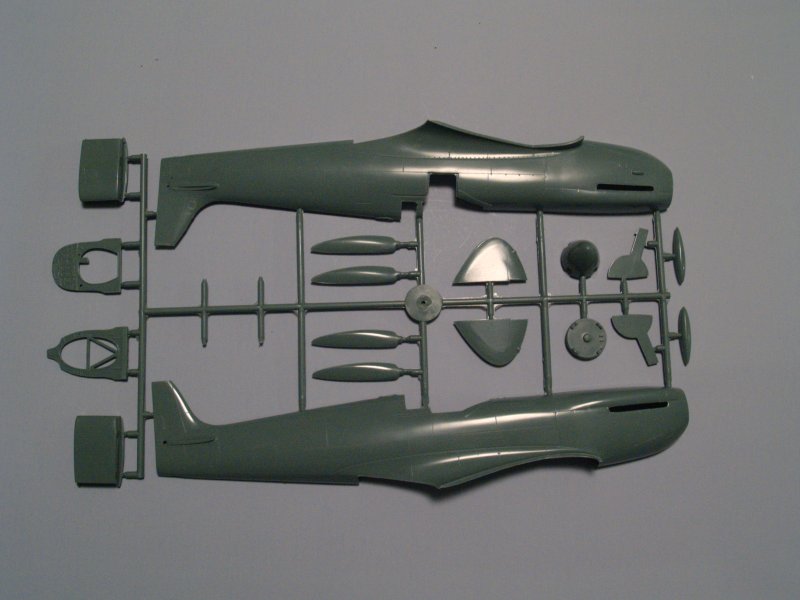
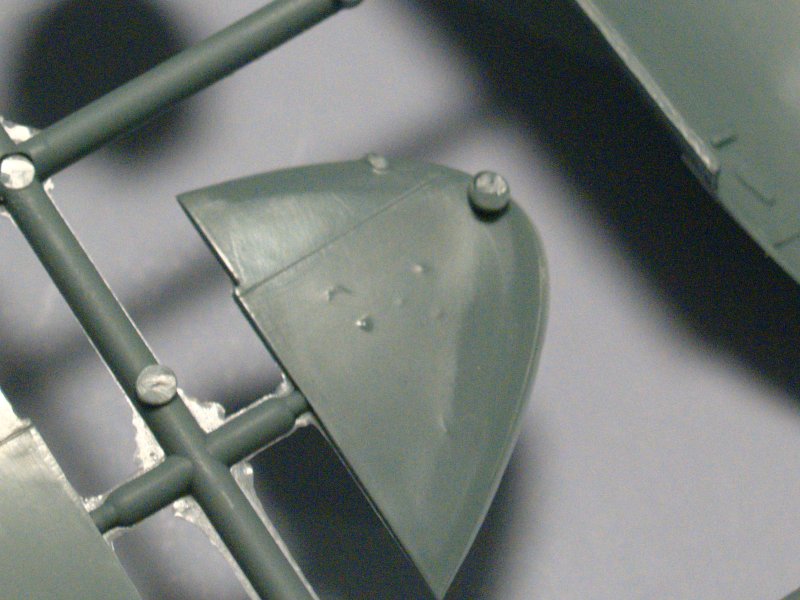
The wings are especially well done with petite panel lines that do not fade or deepen along their length. For the “c” wing, the modeler will have to drill out the ejection chutes for the .303 machine guns. This may have been a production compromise for the Mk.IXe kit due to be released very soon. The control surfaces are integrally molded with the wings and horizontal stabilizers. The rudder is molded separately, allowing the modeler to offset it for that “dynamic” look and feel. The trailing edges are nicely sharp right out of the box, but there is room to sand them down even further.
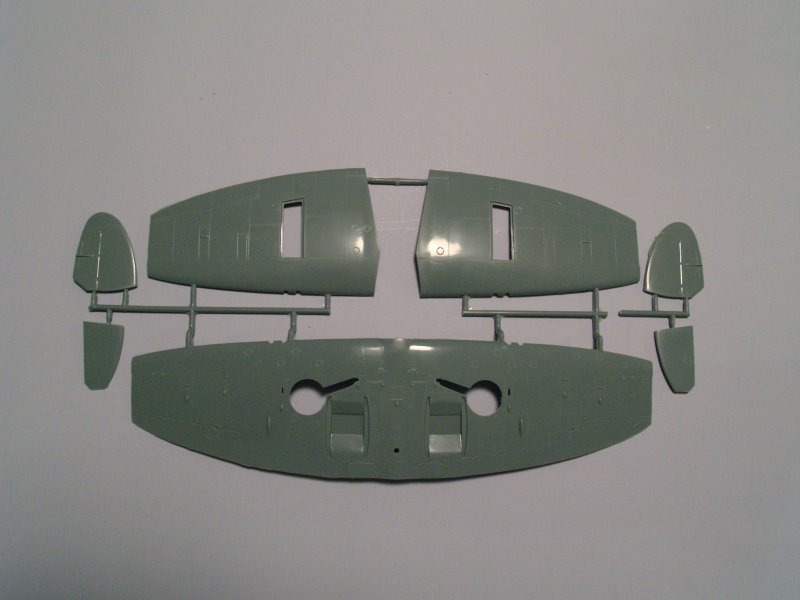
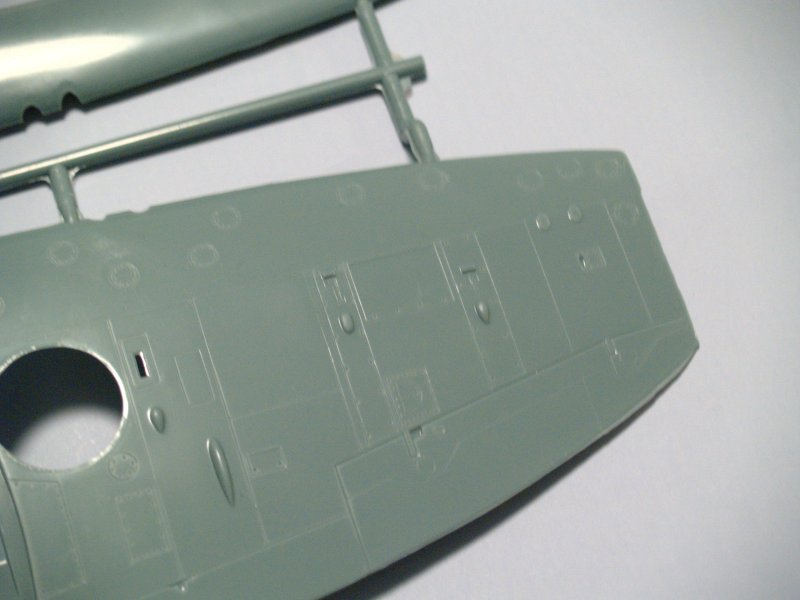
There are plenty of optional parts provided, giving the modeler plenty of choices. The kit supplies both long and short carburetor intakes, so check your resources concerning the aircraft you are modeling. The modeler is given a choice of regular elliptical wingtips or the shortened “clipped” wingtips which were used on some of the “LF” versions. Two types of resin wheels are supplied as well, spoked and covered. Consult your references to verify your choice. In addition, there are three different types of armament panels/cannon breech blisters supplied. The instructions use the thin blister for the “c” wing with the single 20mm cannon. However, two styles of the wider blister are provided to model the “e” wing version – with a little filling of the armament panels for the .303 machine guns.
And speaking of armament, PCM supplies the modeler with two different types of cannon fairings, in addition to the stubbed fairings. Both the longer fairing for the Hispano Mk.II “long-barrel” cannon in the “c” wing and the shorter fairing for the Mk.V “short-barrel” cannon in the “e” wing are provided. Again, my guess is that this is to provide commonality with the upcoming Mk.IXe kit. With a little work an “e” wing is easily producible. There is one drawback to this production commonality, the wing leading edge for the 0.303 machine guns need to be drilled out for the “c” wing. This actually makes sense from a production point of view. It is easier to remove material (i.e., drill the holes) than to add material and fair it in.
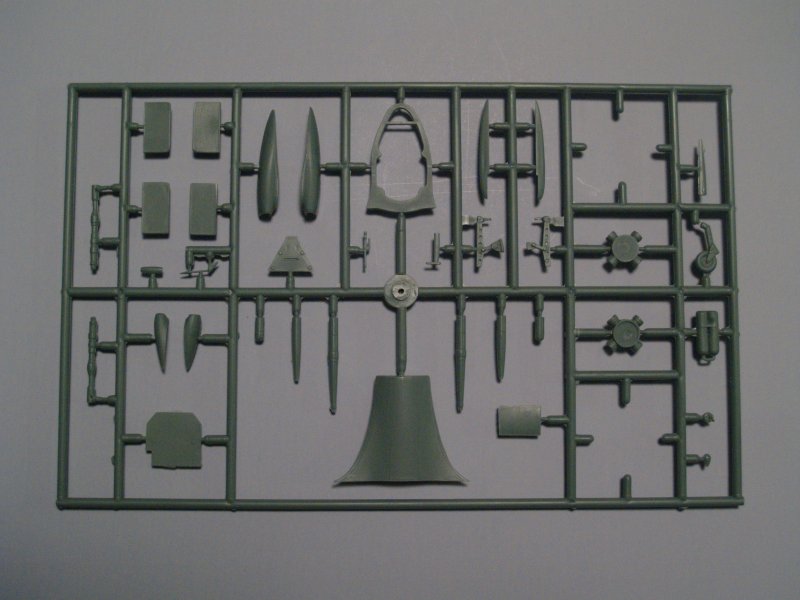
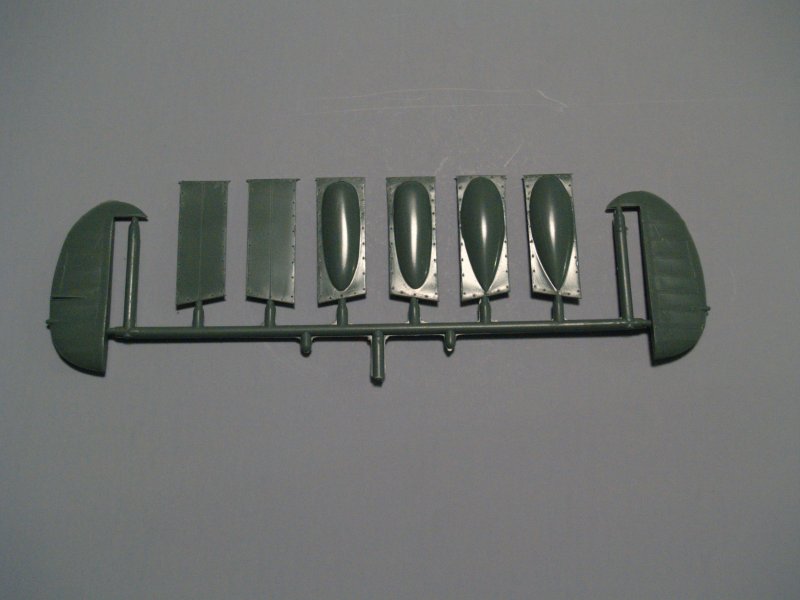
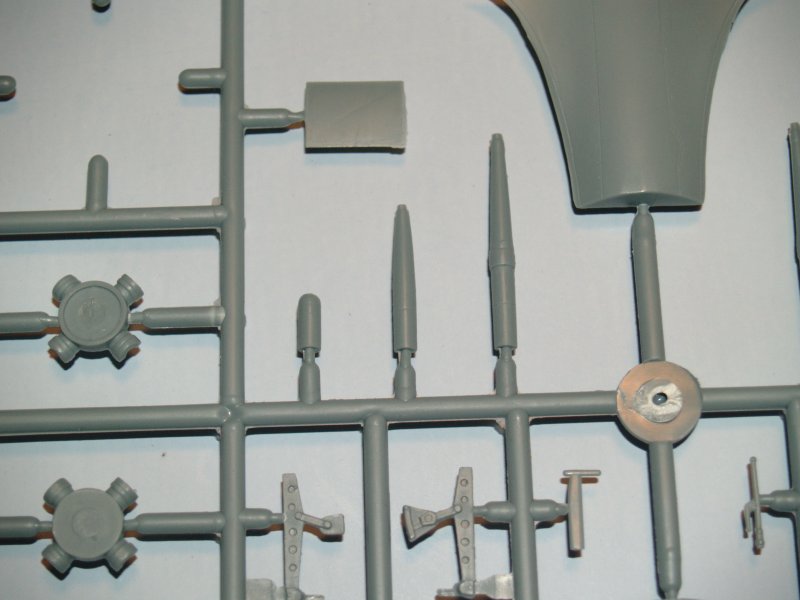
The resin details parts are simply fantastic. The sidewalls have fine details that defy explanation. Crafted by CMK, these parts will push this kit to the next level. The two sets of exhaust stacks are supplied – the regular ejector stacks and the fish-tailed exhausts. Both sets are nicely done and hollowed out on the ends. The weld lines on the fishtailed exhausts is very visible and a nice, subtle detail.
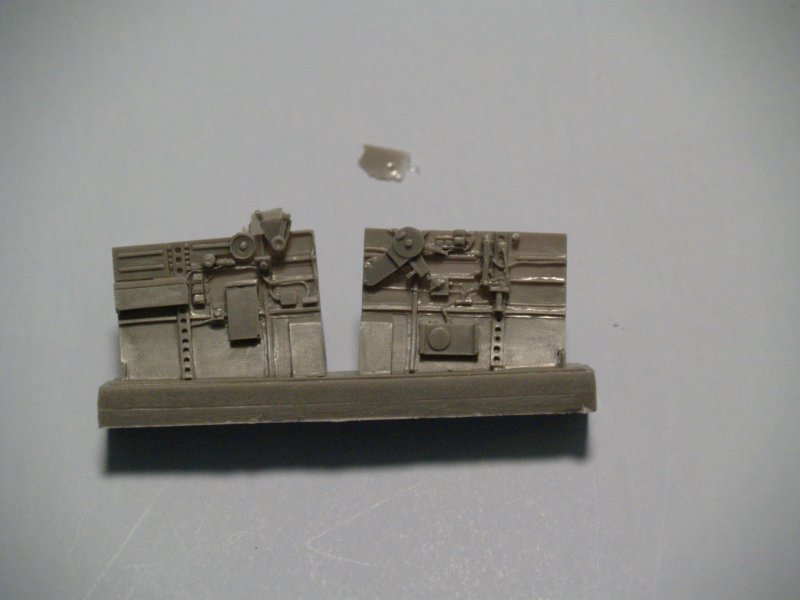
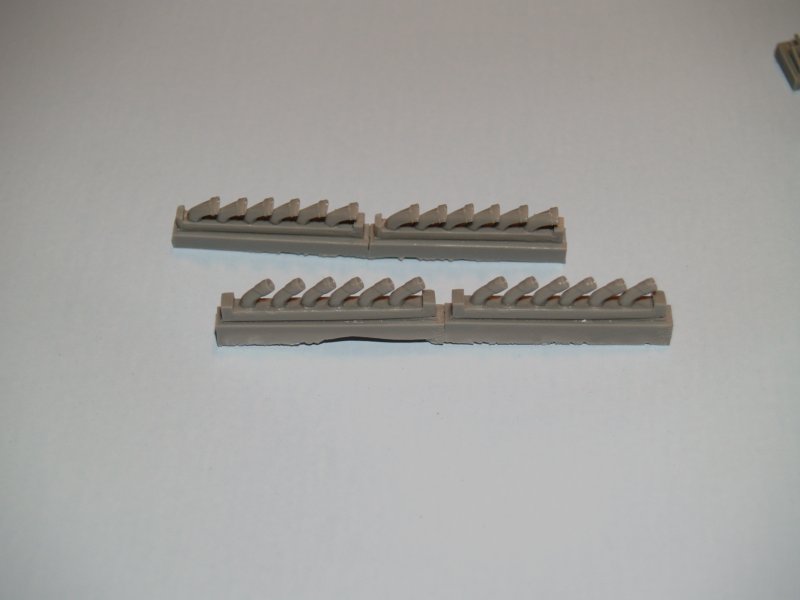
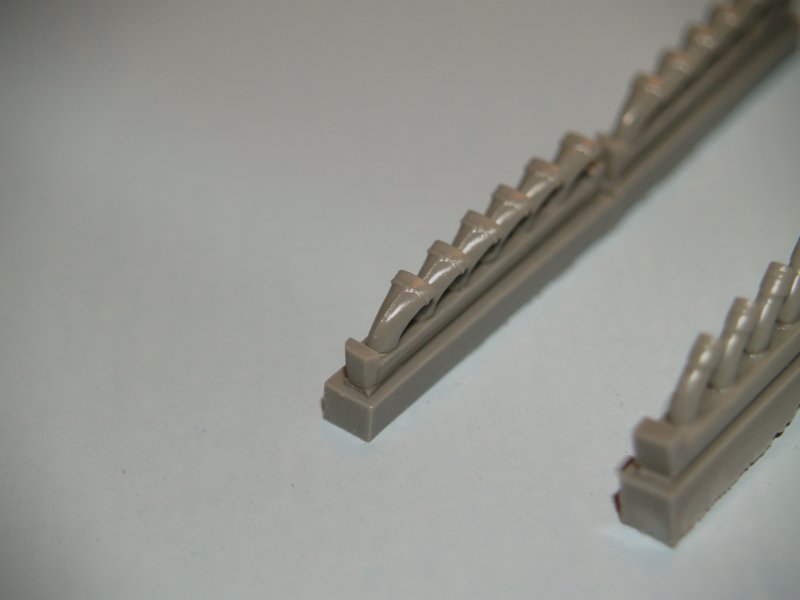
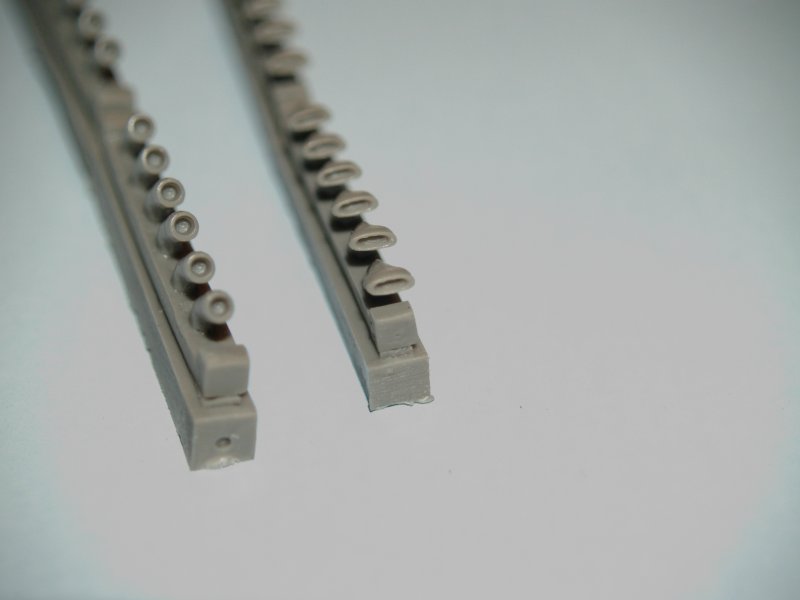
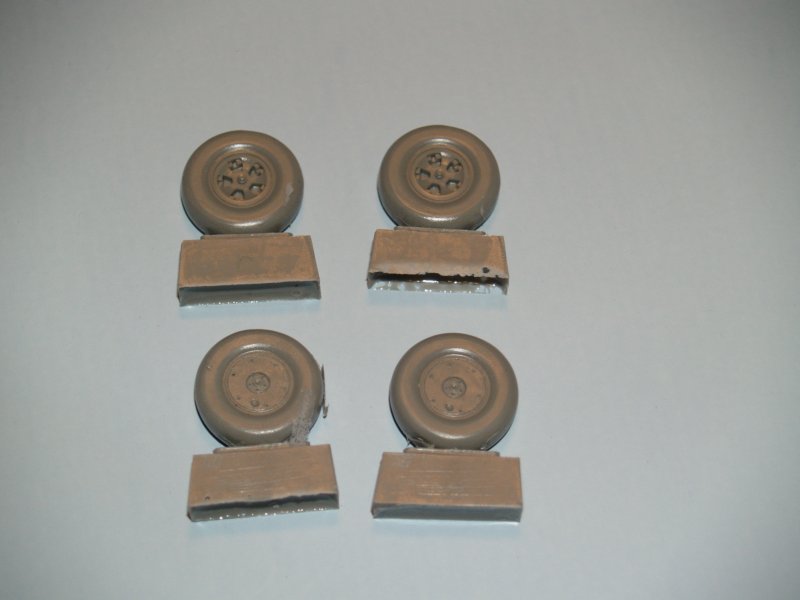
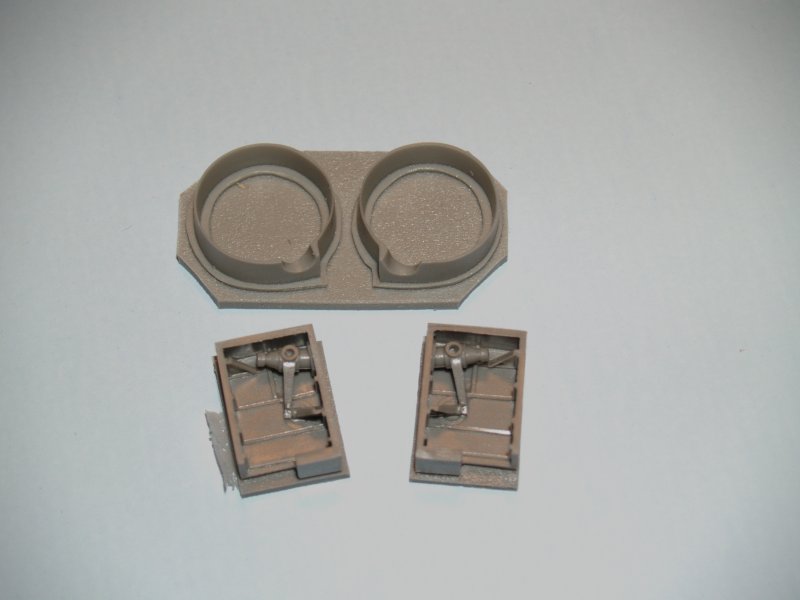
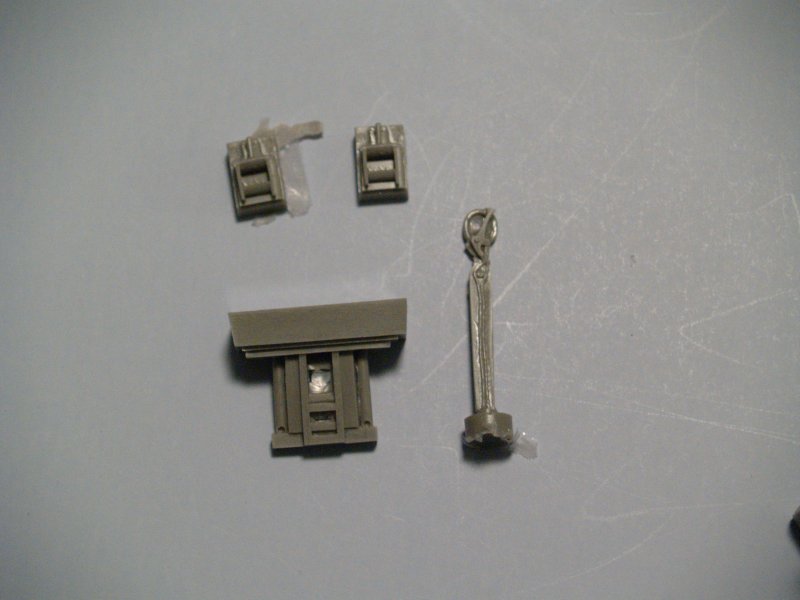
The photo-etch is manufactured by Eduard and is up to there usual standards. This is a fret of their pre-painted photo-etch and as such, it is very nicely done. My favorite part is the photo-etch “sandwich” for the instrument panel. The modeler can opt to use the injection molded part as it is and simply paint and dry-brush the details, etc. Or... using the photo-etch, sand down the face of the injected part and use the provided pre-painted photo-etch parts. Placards for the cockpit are also provided and will give visual interest and great detail. Harnesses for the seat, including the Sutton harness shoulder straps, round out the photo-etch fret. The detail on the harnesses is nice and subtle, with each harness consisting of multiple parts.
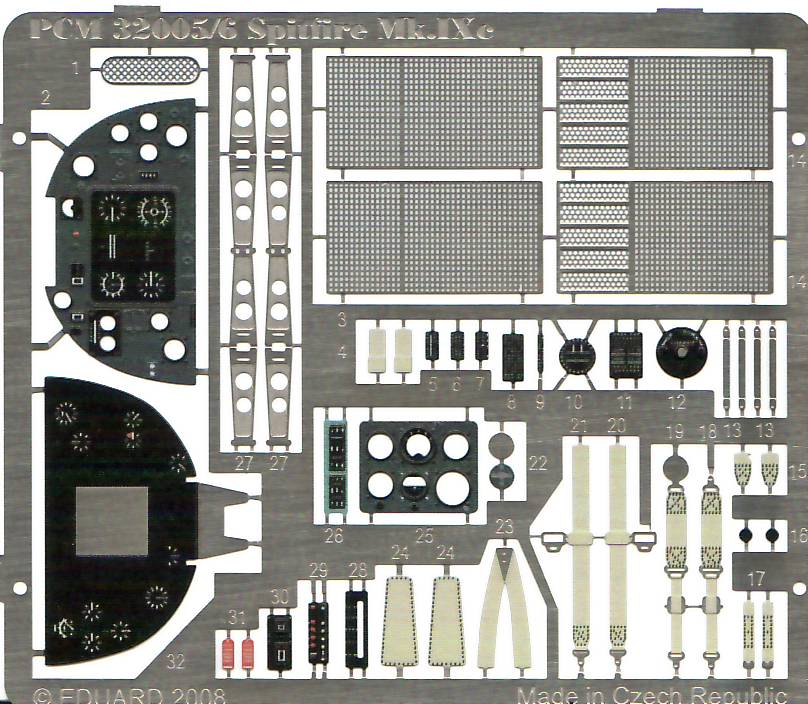
Down to the nuts and bolts. It certainly looks like a Spitfire. That statement will undoubtedly drive someone crazy... Comparing the parts with drawings in a couple of references[1][2], The panel lines align very nicely with their real-world counterparts. There are no questionable additions, nor are there any glaring omissions. PCM did their research very well. Similarly, the basic dimensions are very accurate. I calculated the wing span to be 441.6” versus the actual wing span of 442” (using the commonly quoted wing span of 36' 10”). Because measuring a fuselage can be tricky (maybe not for you, but sometimes for me), I split it into two sections, 1) from the rudder hinge line to the firewall (dimension “I” below) and 2) from the firewall to the front of the cowl (dimension “C” below). Here are the dimensions as I have calculated them:
- 80” (calculated) versus 81” (published)
- 243.2” (calculated) versus 245.6” (published)
Overall, the dimensions are rather close. Pretty darn close, given the errors propagated from my measurements and calculations.
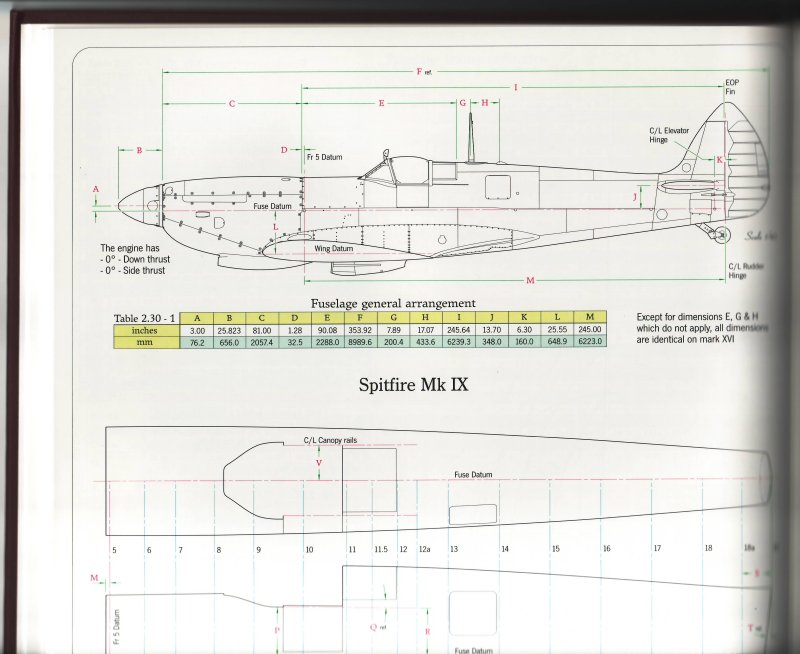
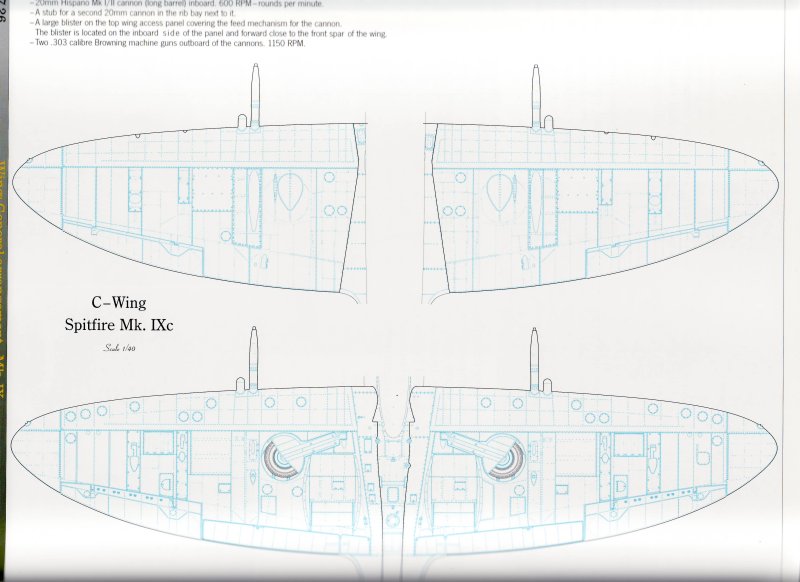
PCM gives us options for six different aircraft. The decals are printed by Cartograf, and are up to their usual high standards. The colors are spot on, as is the registration. The decals are very thin and quite opaque. Because they are so thin, a fair bit of caution should be exercised when applying them so the decals don't fold onto themselves or tear. Marking options are for the following:
- WZ-JJ, Lt. John Fawcett, 309th Fighter Squadron, 31st FG, 15th AF, Italy, 1944
- MK392/JE-J, Wg. Cdr. 'Johnnie' Johnson, OC Kenley Wing, 1944
- PT396/EJ-C, Wg. Cdr. 'Jack' Charles, OC Tangmere Wing, 1944
- EN315/ZX-6, Sqn. Ldr. Stanislaw Skalsk, No. 145 Squadron, 1943
- MM.4095/5-19, 8° Gr, 5° St, Aeronautica Militare Italiana, 1947
- “Red 2”, VVS
There is also a set of maintenance stencils for one airframe included on the sheet. The painting and decal placement guide is a full color affair typical of past PCM releases and includes great artwork by Richard Caruna. The color designations aren't tied to any single paint manufacturer, so the modeler can source their own to suit their preference.
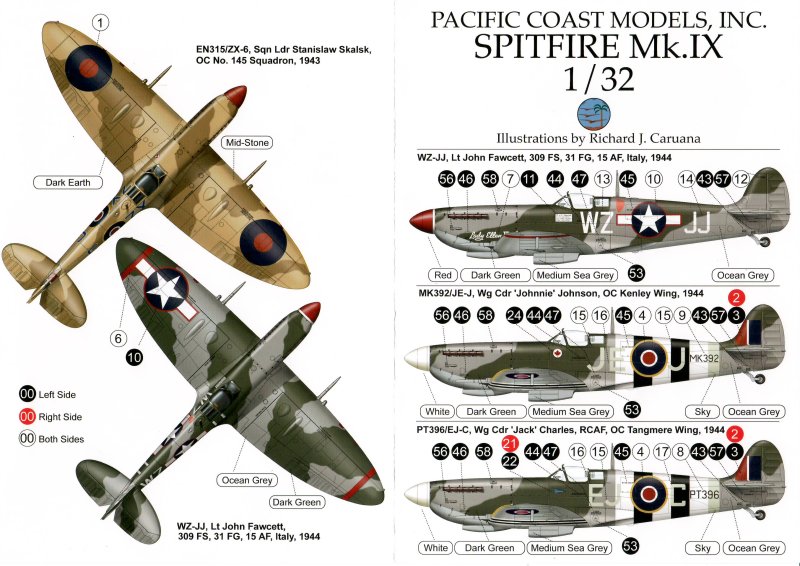
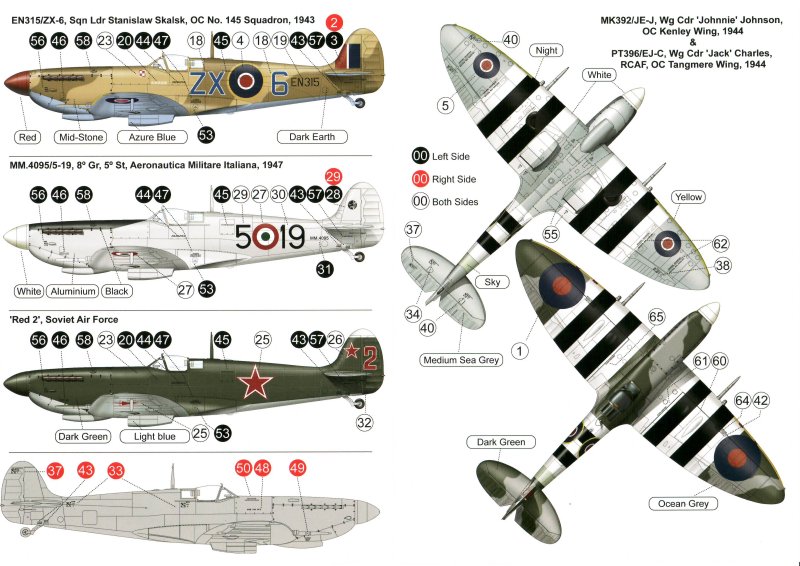
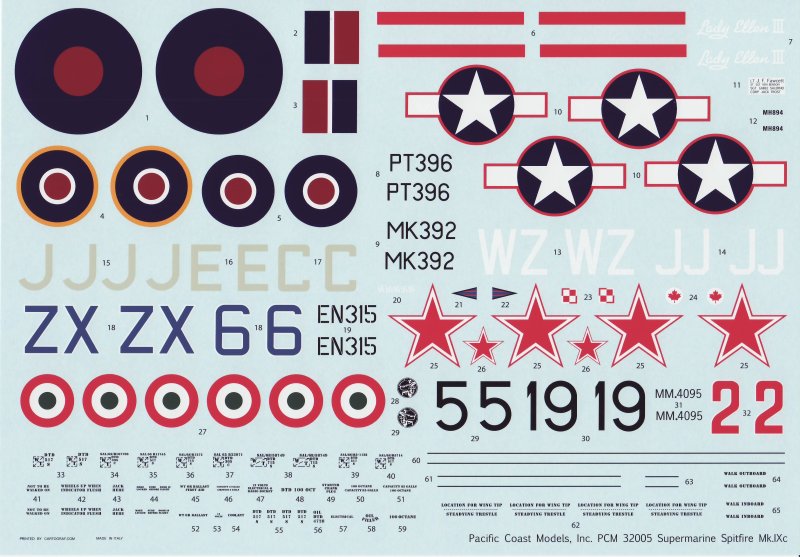
This kit fills a badly needed gap in the large scale Spitfire lineup. PCM has produced a fine kit, and a winner in every respect. I must say though, this is a limited run multimedia kit, and as such, it is not recommended for beginning modelers. It is recommended for those who have built limited run kits in the past. There, now that the caveats are out of the way, I can say that I highly recommend this kit to anyone and everyone who wants to build a Spitfire Mk.IXc (or Mk.IXe with minor work). I would expect the flood gates of the aftermarket decal companies to open fairly soon.
Highly Recommended!
References
- Monforton, Paul H., “Spitfire Mk. IX & XVI, Engineered”, Monforton Press, Ontario, 2007
- Morgan, Eric B. and Shacklady, Edward, “Spitfire, The History”, Key Books, Lincolnshire, 2000
Review sample courtesy of Ken Lawrence and Pacific Coast Models. Thanks!
© Randy Bumgardner 2008
This product is available from the following LSP sponsors
This review was published on Saturday, July 02 2011; Last modified on Wednesday, May 18 2016
